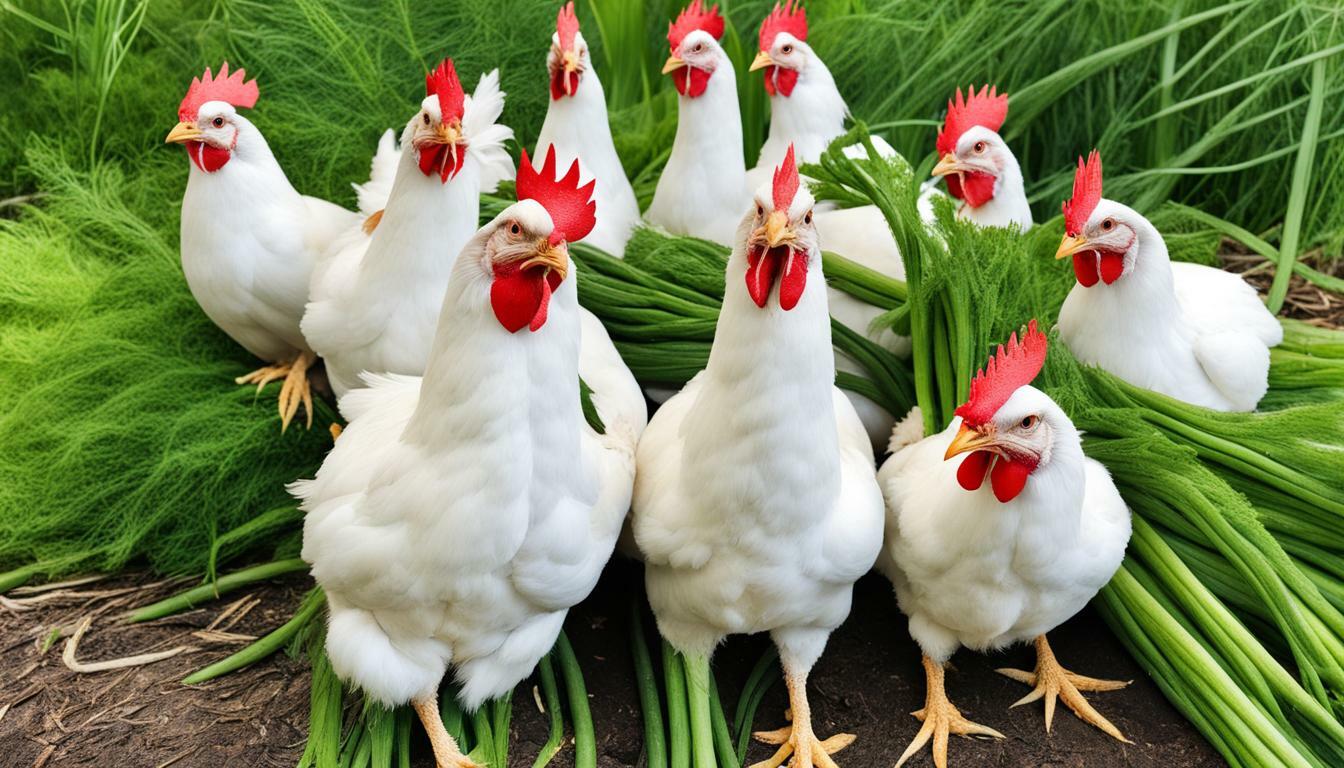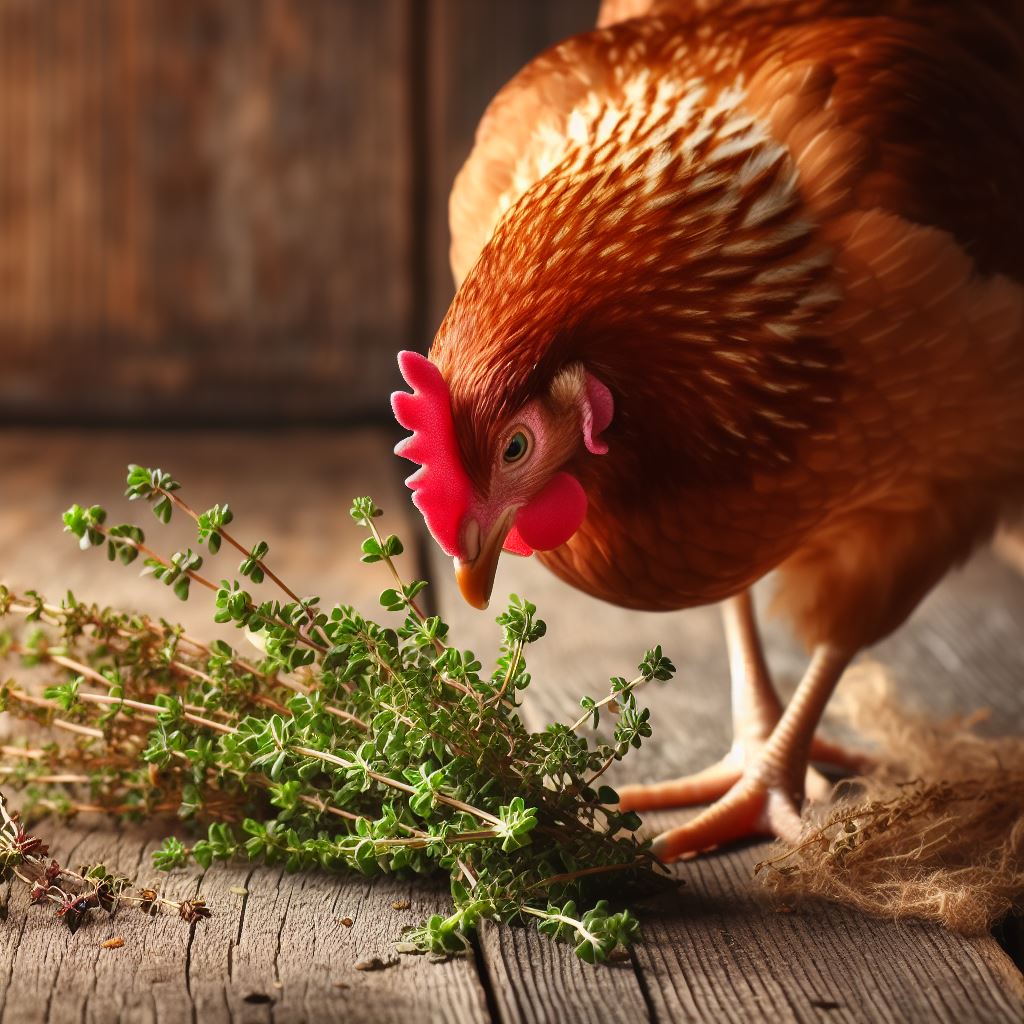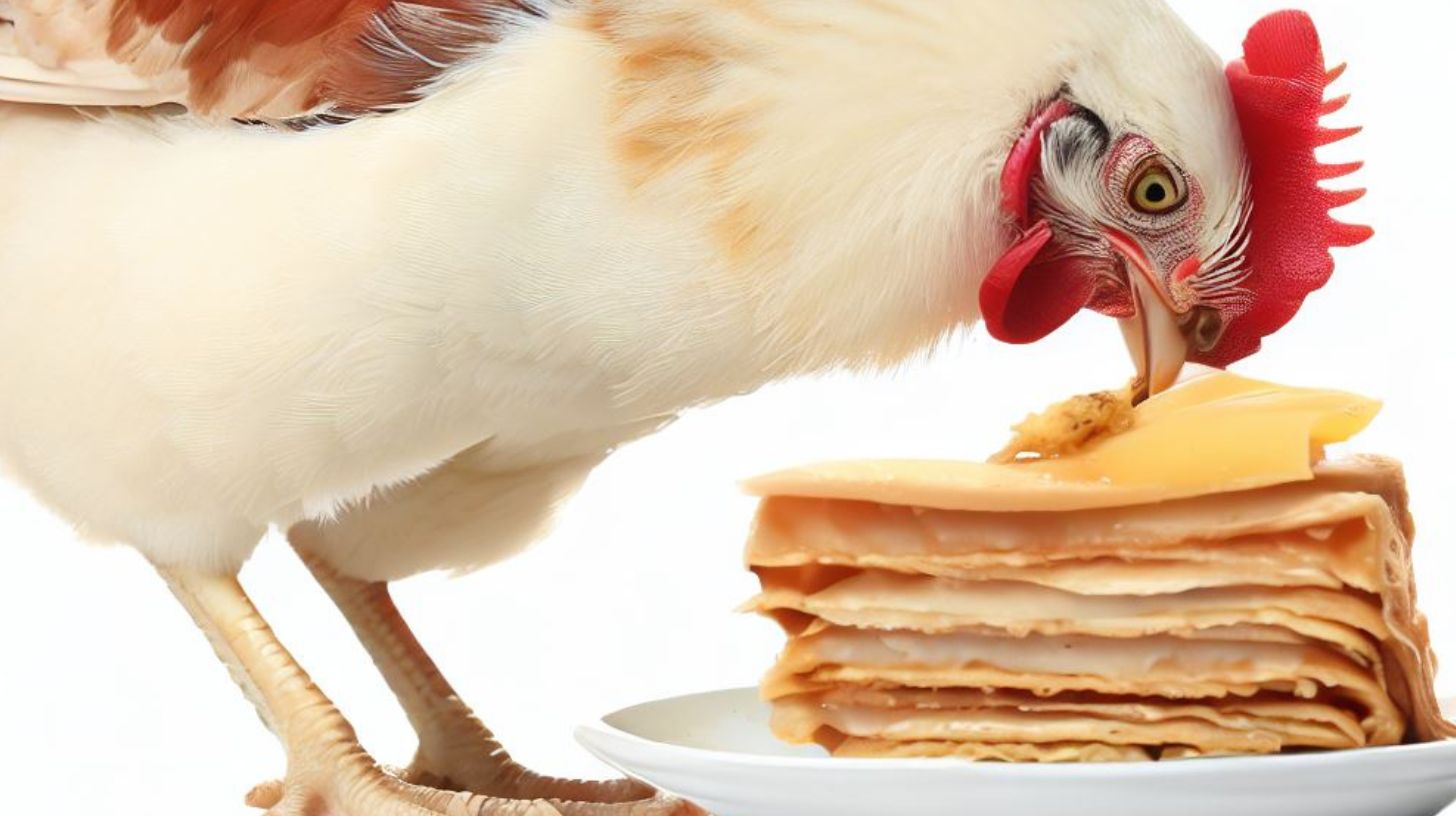Can Chickens Eat Garlic Scapes? Find Out Here!

Table of content:
If you’ve grown garlic in your garden, you know that in early summer they produce curly green shoots called garlic scapes. These scapes are not only delicious for humans to eat, but also make a nutritious treat for chickens.
What Are Garlic Scapes?
Garlic scapes are the flowering stems that garlic plants produce. They emerge curly and green from the bulbs in early summer. If left alone, the scapes will eventually produce a cluster of tiny white flowers and bulblets. However, most garlic growers will cut the scapes off to encourage bigger cloves and focus the plant’s energy into the garlic bulbs underground.
So what should you do with those cut scapes? Don’t throw them out! Garlic scapes are completely edible and delicious for both people and chickens. They offer a mild garlic flavor that makes them versatile in recipes.
Can Chickens Eat Them?
The good news is yes, chickens can safely eat garlic scapes in moderation. In fact, scapes offer some great health and nutritional benefits. Let’s look at why garlic scapes can be a valuable treat and supplement for your flock.
Nutritional Benefits of Garlic Scapes
Garlic scapes are packed with many of the same beneficial compounds as garlic cloves. This includes:
- Allicin – A compound with antimicrobial and antioxidant effects that may support immune health.
- Organosulfur compounds – Shown to benefit circulation, blood pressure, cholesterol levels, and detoxification.
- Antioxidants – Reduce oxidative damage and inflammation for improved overall health.
- Vitamins and minerals – Such as manganese, vitamin C, calcium, and selenium. Help meet nutritional needs.
Feeding garlic scapes can provide a nutrition boost and help optimize the health of your chickens. The antimicrobial and circulatory benefits are especially useful.
Benefits for Chickens
Here are some specific ways garlic scapes can benefit chickens:
- Support immune function – The allicin and antioxidants in garlic scapes can boost immune health and help fight disease. This is key especially when seasons change.
- Promote respiratory health – Organosulfur compounds may help open up airways and improve respiration. Useful for dusty coops.
- Increase circulation – Alliums like garlic contain compounds that stimulate circulation. This provides more oxygenation to tissues.
- Detoxification – The sulfur content helps the liver detoxify and remove harmful substances. Supports overall health.
- Discourage pests/parasites – The strong odor of garlic naturally helps repel pests like mites, lice, and worms. An antiparasitic food.
- Improve gut health – Garlic contains prebiotics that support healthy gut flora. This optimizes digestion and nutrition absorption.
By incorporating garlic scapes into your chickens diet, you can help support their overall wellbeing in multiple ways. The health benefits are well worth the mild garlic taste.
Are There Risks?
When feeding any treat to chickens, moderation is key. Too much of anything can cause issues. Here are some tips on potential risks:
- Overfeeding – Too many scapes may upset digestive systems. Offer scapes just 2-3 times a week at most.
- Appetite – The strong flavor may cause decreased appetite for normal feed if overfed. Keep to small amounts.
- Egg taste – Can temporarily cause more garlicky egg yolks if free-fed daily. Use sparingly for best egg flavor.
As long as scapes are fed in moderation as part of a balanced diet, chickens face very minimal risks. Monitor to ensure normal eating habits remain unchanged.
Feeding Garlic Scapes to Chickens
When offering garlic scapes, follow these tips for easy and safe feeding:
- Portion size – Start with just 1-2 scapes per chicken, 2-3 times per week at most. Adjust as needed.
- Chopped – Cutting scapes into 1 inch pieces makes them easier and safer to eat. Prevent choking hazards.
- Mixed into feed – Mix some chopped scapes right into their feed for easy consumption. Provides even distribution.
- Free range – Scatter small pieces in the chicken run or over pasture for motivation to range and forage.
- Treat method – Place chopped scapes in a communal dish as a treat during free ranging to encourage activity.
Monitor to see if the chickens like the flavor. Adjust frequency and portions as needed for your flock. Provide access to fresh water at all times.
Growing Garlic for Scapes
An easy way to have a steady supply of scapes is to grow garlic yourself! Here are some quick garlic growing tips:
- Plant individual garlic cloves or bulbs in fall about 6 weeks before ground freeze. Plant 2-4 inches deep and 6 inches apart.
- Choose a sunny location with well-draining soil. Amend soil with compost for best growth.
- Scapes emerge in early summer, generally June/July. Cut once they curl.
- Let bulbs continue maturing in the ground until leaves turn brown in high summer.
- Gently dig bulbs and cure for 1-2 weeks in indirect sunlight. Then enjoy your fresh garlic all winter!
With just a small gardening space, you can easily grow all the garlic scapes your chickens will love. Homegrown garlic offers the best flavor and nutritional content.
Final Thoughts
Garlic scapes are a simple garden ingredient that makes for a nutritious, natural chicken treat. A small amount of scapes provided 2-3 times a week can help boost circulation, respiratory health, immunity, and more for vibrant flock health. Plus, chickens find the mild garlic flavor irresistible. Just be sure not to overfeed them.
When fed as an occasional supplement in moderation, garlic scapes are a safe way to provide health-promoting compounds. They are one of the many ways you can leverage garden-fresh foods to optimize your chickens’ diet and wellbeing through every season.
Welcome. I’m Adreena Shanum, the proud owner of this website, and I am incredibly passionate about animals, especially poultry. I founded adreenapets.com as a labor of love, stemming from my desire to share my knowledge and experiences with poultry enthusiasts worldwide.




